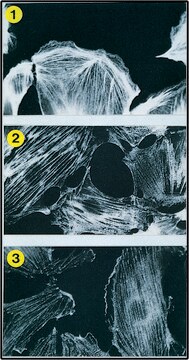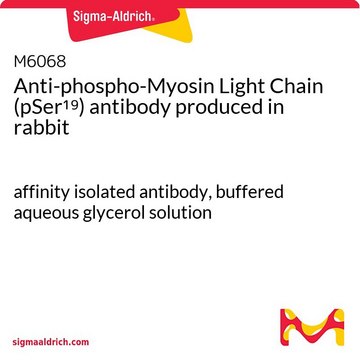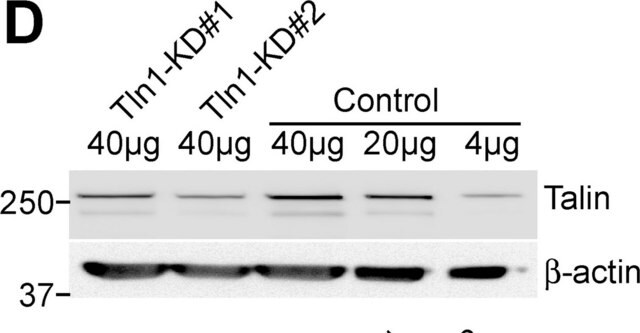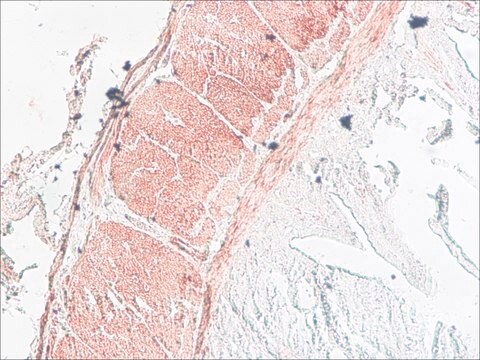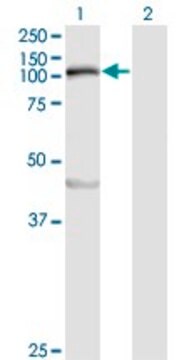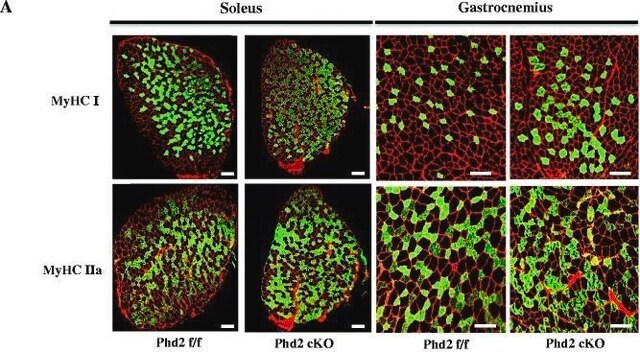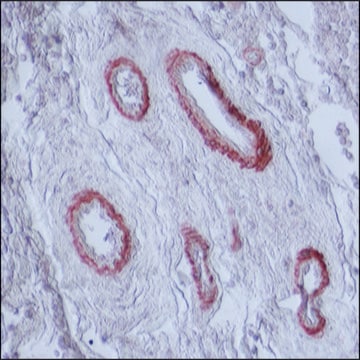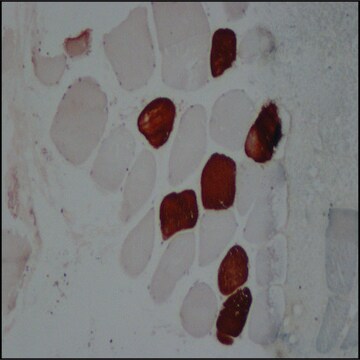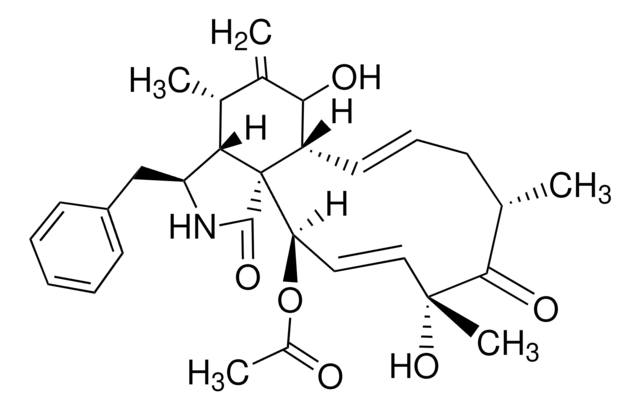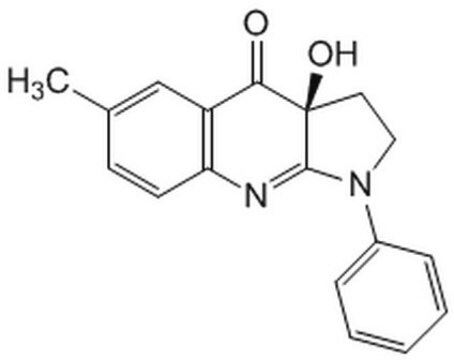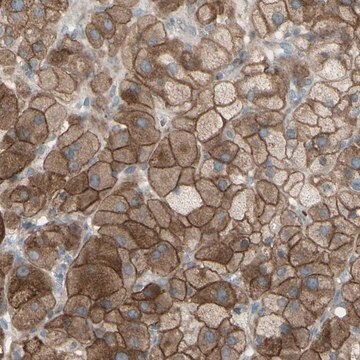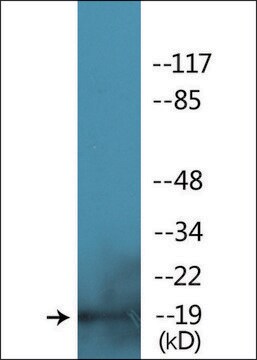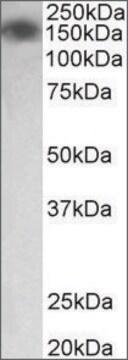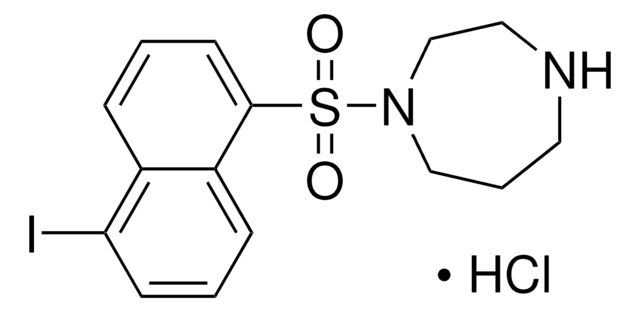M7905
Monoclonal Anti-Myosin Light Chain Kinase antibody produced in mouse
clone K36, ascites fluid
Synonyme(s) :
Anti-KRP, Anti-MLCK, Anti-MLCK1, Anti-MLCK108, Anti-MLCK210, Anti-MMIHS, Anti-MMIHS1, Anti-MSTP083, Anti-MYLK1, Anti-smMLCK
About This Item
Produits recommandés
Source biologique
mouse
Niveau de qualité
Conjugué
unconjugated
Forme d'anticorps
ascites fluid
Type de produit anticorps
primary antibodies
Clone
K36, monoclonal
Contient
15 mM sodium azide
Espèces réactives
avian, mammals
Technique(s)
immunoprecipitation (IP): suitable
microarray: suitable
western blot: 1:10,000
Isotype
IgG2b
Conditions d'expédition
dry ice
Température de stockage
−20°C
Modification post-traductionnelle de la cible
unmodified
Informations sur le gène
human ... MYLK(4638)
Catégories apparentées
Description générale
Spécificité
Immunogène
Application
- immunohistochemistry
- immunoblot (diluted 1:10,000) analysis
- flow cytometry
Actions biochimiques/physiologiques
Forme physique
Stockage et stabilité
Clause de non-responsabilité
Vous ne trouvez pas le bon produit ?
Essayez notre Outil de sélection de produits.
Code de la classe de stockage
10 - Combustible liquids
Classe de danger pour l'eau (WGK)
WGK 3
Point d'éclair (°F)
Not applicable
Point d'éclair (°C)
Not applicable
Faites votre choix parmi les versions les plus récentes :
Déjà en possession de ce produit ?
Retrouvez la documentation relative aux produits que vous avez récemment achetés dans la Bibliothèque de documents.
Les clients ont également consulté
Notre équipe de scientifiques dispose d'une expérience dans tous les secteurs de la recherche, notamment en sciences de la vie, science des matériaux, synthèse chimique, chromatographie, analyse et dans de nombreux autres domaines..
Contacter notre Service technique